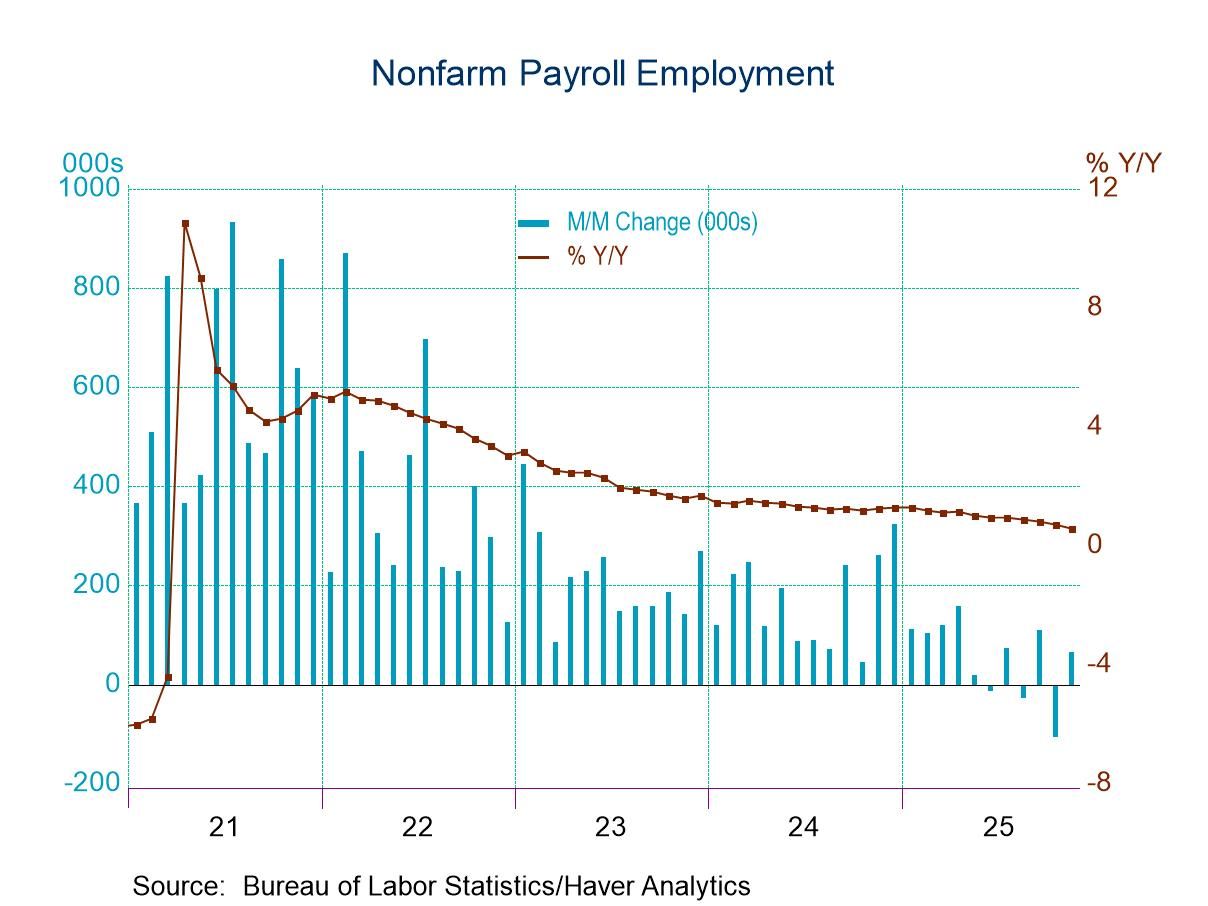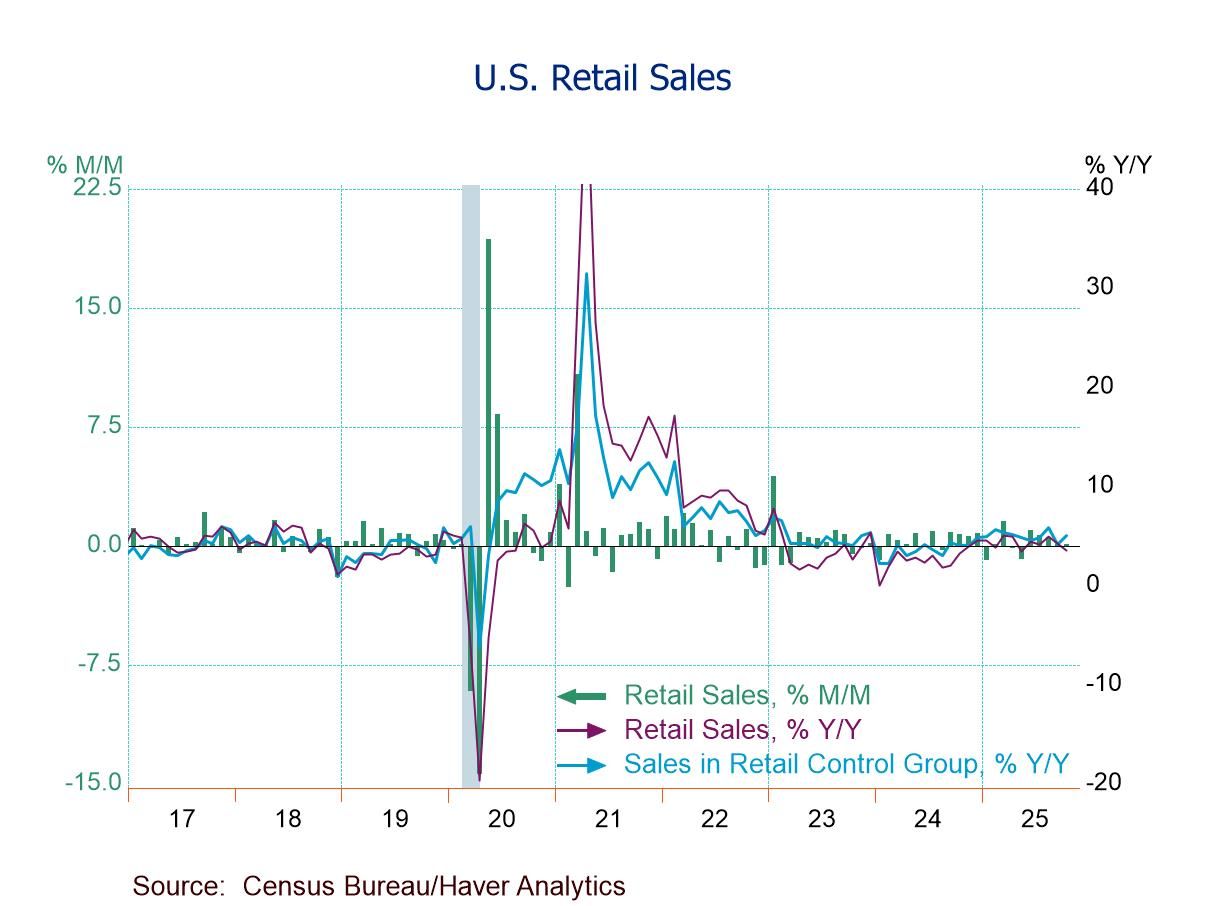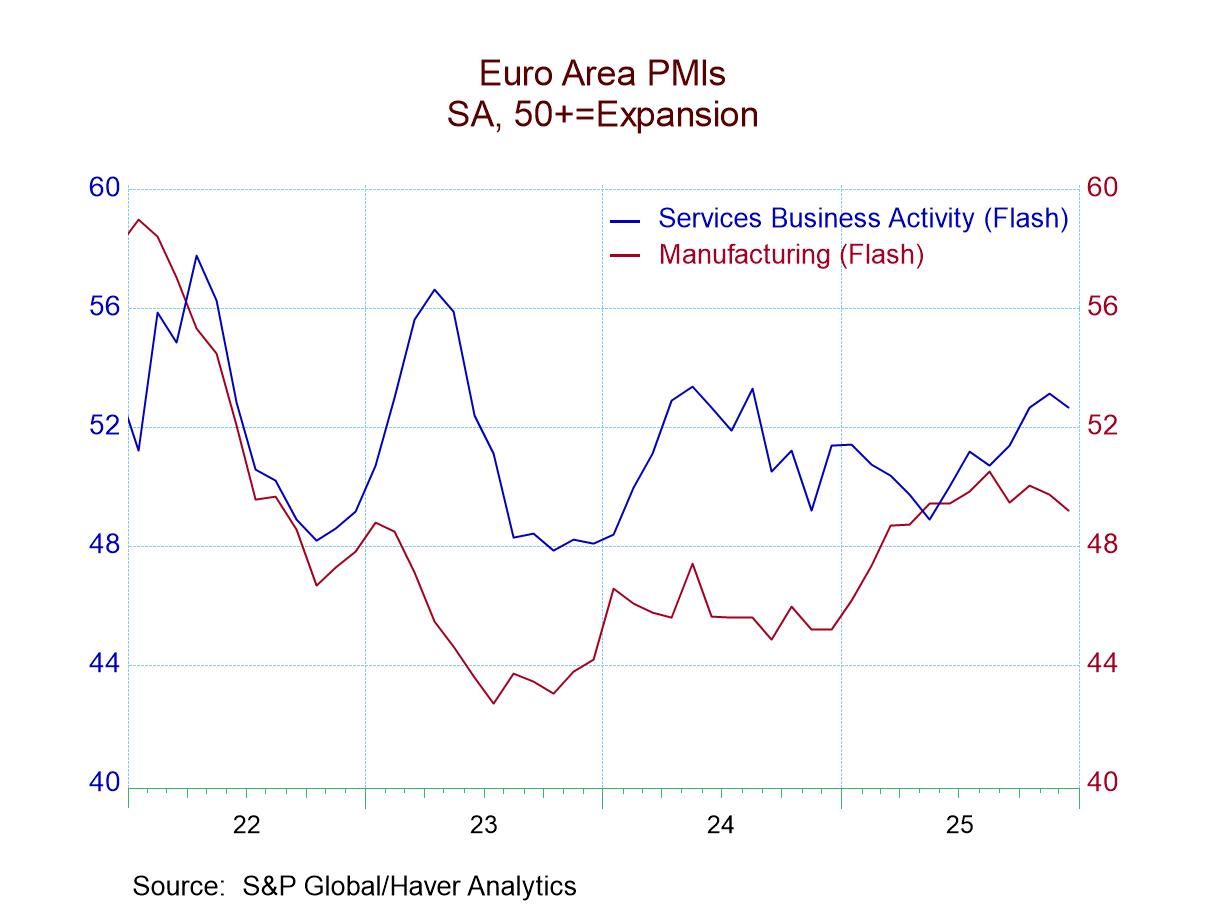Borrowers Use Slightly Less Credit in U.S. Markets in Q1
Summary
- Federal government borrowing decreased noticeably in Q1.
- Nonfinancial business borrowing surged in Q1 after a much smaller amount in Q4.
- Household borrowing rose modestly in Q1 with mortgage amounts up slightly and consumer credit use down.


Borrowing in the U.S. economy totaled $4.061 trillion in Q1, as reported on June 7 by the Federal Reserve Board in their Financial Accounts data. This amount was 14.4% of GDP and was down slightly from $4.327 trillion in Q4 2023, which was 15.5% of GDP then. For all of 2023, borrowing totaled $4.107 trillion, 15.0% of GDP. All of the dollar figures cited here are seasonally adjusted annual rates. Also, revisions to prior quarters of these data are frequent and can be sizable.
Domestic nonfinancial sector borrowers used $3.339 trillion in Q1, down somewhat from $3.429 billion in Q4. The Q1 amount is 11.8% of GDP, slightly lower than the Q4 share of 12.2%.
As is regularly the case, the federal government was the largest borrowing sector in Q1, using $1.828 trillion. However, this was noticeably smaller than the government’s Q4 amount of $2.878 trillion and the 2023 year total of $2.620 trillion.
Among domestic private sectors of the economy, nonfinancial business had the largest Q1 borrowing, $834 billion, substantially more than the $136 billion in Q4 and twice as much as the annual total for last year of $416 billion. Corporations used $658 billion in credit in Q1 after paying down $16 billion in Q4.
Households and nonprofit institutions borrowed $578 billion in Q1, up from $450 billion in Q4. This Q1 total included $280 billion in 1-4 family home mortgages, just barely more than $272 billion in Q4. Consumer credit needs decreased slightly to a $92 billion annual rate following $129 billion in Q4.
State and local governments borrowed $99 billion in Q1 after paying down $35 billion in Q4.
Financial institutions had net borrowing of $409 billion in Q1, noticeably less than the $746 billion in Q4, although somewhat more than the annual total for last year of $356 billion. In Q1, the financial sector’s borrowing was 1.4% of GDP, down from 2.7% in Q4.
Foreign borrowers in U.S. markets used $312 billion in Q1, again at a seasonally adjusted annual rate, about twice as much as the $152 billion in their borrowing in Q4.
Net wealth in the U.S. economy was $150.119 trillion at the end of Q1, up from $144,490 at year-end 2023. The Q1 amount grew 9.3% from a year earlier. Household net worth was $160.8 trillion on March 31, up from $156 trillion the prior quarter and a new record. These net wealth and net worth amounts are not seasonally adjusted.
The Financial Accounts data are in Haver's FFUNDS database. The Federal Reserve is the main source, while associated information is compiled in the Integrated Macroeconomic Accounts produced jointly with the Bureau of Economic Analysis (BEA); those nonfinancial data are carried in Haver's USNA database as well as in FFUNDS. Note that revisions are common throughout the accounts with every quarterly release.


Carol Stone, CBE
AuthorMore in Author Profile »Carol Stone, CBE came to Haver Analytics in 2003 following more than 35 years as a financial market economist at major Wall Street financial institutions, most especially Merrill Lynch and Nomura Securities. She had broad experience in analysis and forecasting of flow-of-funds accounts, the federal budget and Federal Reserve operations. At Nomura Securities, among other duties, she developed various indicator forecasting tools and edited a daily global publication produced in London and New York for readers in Tokyo. At Haver Analytics, Carol was a member of the Research Department, aiding database managers with research and documentation efforts, as well as posting commentary on select economic reports. In addition, she conducted Ways-of-the-World, a blog on economic issues for an Episcopal-Church-affiliated website, The Geranium Farm. During her career, Carol served as an officer of the Money Marketeers and the Downtown Economists Club. She had a PhD from NYU's Stern School of Business. She lived in Brooklyn, New York, and had a weekend home on Long Island.





